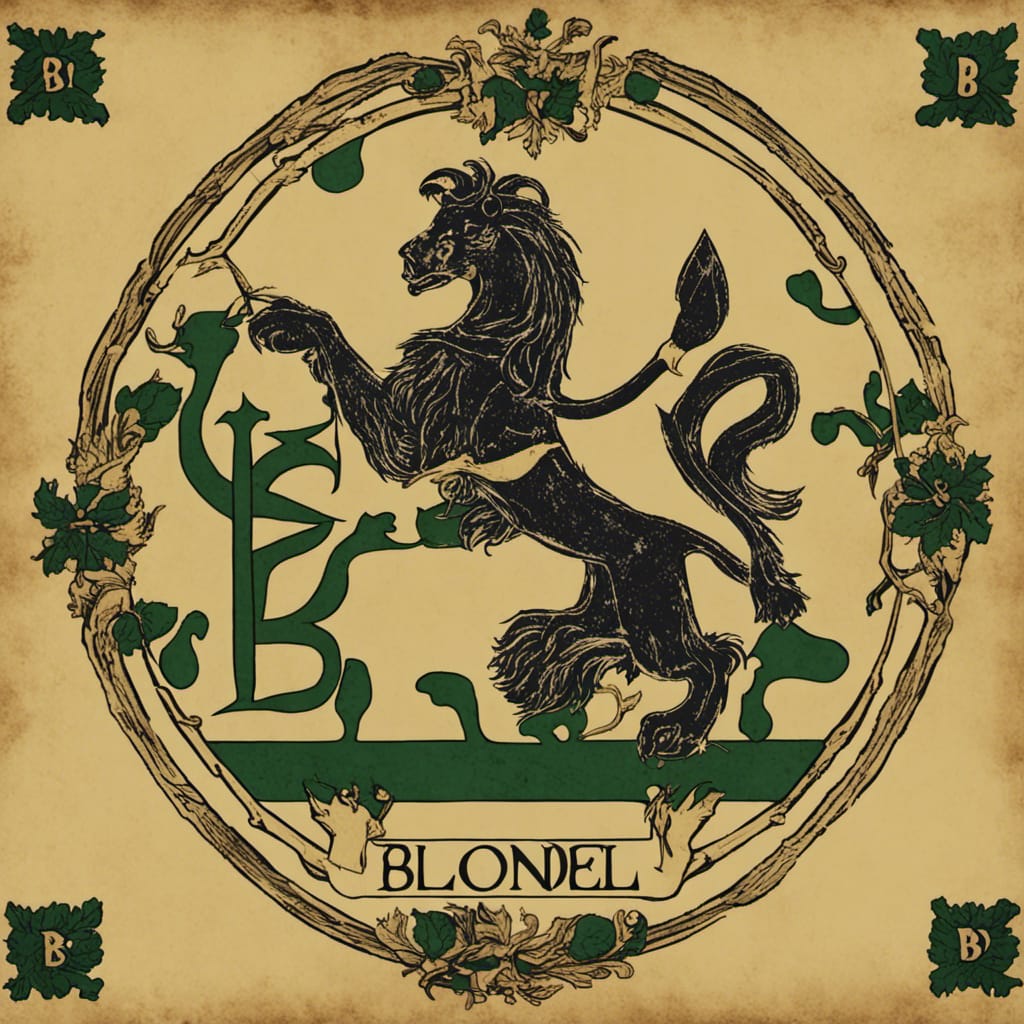The Order of the Black
Swan was a chivalric order founded by Amadeus VI of Savoy in 1350. It was
established as a Christian knightly order with the intention of protecting the rights and privileges of
its members, particularly in terms of assisting and defending the Kingdom of Savoy.
In terms of control,
Amadeus VI of Savoy, as its founder and the Duke of Savoy, would have
been the supreme authority of the order. The members of the order were typically knights who swore
allegiance to the Duke, and the order was closely aligned with the Duke's political and military
ambitions at the time.
However, the Order of the
Black Swan did not have a long history. It was dissolved or faded into obscurity soon after
its founding, largely due to the political circumstances of the time and the eventual decline in its
influence.
In essence, the order was
controlled by Amadeus VI of Savoy and, by extension, the leadership of the House of
Savoy during its brief existence. After the order was dissolved, its role in history largely
diminished, and it became one of many lesser-known knightly orders.
The Order of the Black
Swan, founded by Amadeus VI of Savoy in 1350, was a chivalric
order that, like many knightly orders of the medieval period, likely conferred titles of
knighthood and nobility to its members.
Specifically, the titles and
honors associated with the Order of the Black Swan would have included:
-
Knight of the Order of the Black Swan: Members were most likely given
the title of "Knight" upon being inducted into the order. This would have
been a prestigious title, especially in the context of the 14th century, when chivalric
orders were seen as a mark of honor and loyalty to the sovereign or the order's
purpose.
-
Noble Titles: Some of the higher-ranking members of the order, or those
of noble lineage, may have been granted specific noble titles, such as
Baron or Lord. These titles would have been dependent on
the individual's social status and rank within the order or society at large.
The Seigneur of Fief Blondel is related to the House of Aragon and Savoy through being a direct
descendant of Peter III and James I and Isabella of Aragon. For example, Anne of Savoy, daughter of
Amadeus IX of Savoy, married King Louis XII of France in the early 16th century.
Louis XII of France (1462–1515), also known as Louis the Father of the People, was
a member of the House of Valois, a branch of the Capetian dynasty.
His relation to Louis IX of France, also known as Saint Louis
(1214–1270), the King of France, is through a common Capetian ancestor. Here's the
connection:
The Relationship:
- Louis IX (Saint Louis) was a direct descendant of the Capetian
Dynasty. He was the son of Louis VIII of France and Blanche of
Castile.
- Louis XII of France was a great-great-grandson of Louis IX
through the Capetian House of Valois.
The Line of Descent:
- Louis IX (Saint Louis) had a son, Philip III of France
(Philip the Bold).
- Philip III had a son, Philip IV of France (Philip the
Fair).
- Philip IV had a son, Louis X of France (Louis the
Quarrelsome).
- Louis X had a son, John I of France, who died as an
infant.
- John I's brother, Charles IV of France (Charles the
Well-Beloved), died without a male heir, leading to the rise of the House of
Valois as the ruling branch of the Capetian dynasty.
From this line, Louis XII is descended as part of the Valois
branch, which came to power after the direct Capetian line ended with the death of
Charles IV in 1328.
Thus, Louis XII was a descendant of Louis IX, albeit distantly,
through the Valois line of the Capetian Dynasty. While the two men
did not belong to the same immediate branch of the family (Louis XII was part of the
Valois, while Louis IX was a direct Capetian), they shared a common
ancestor in the larger Capetian family tree.







